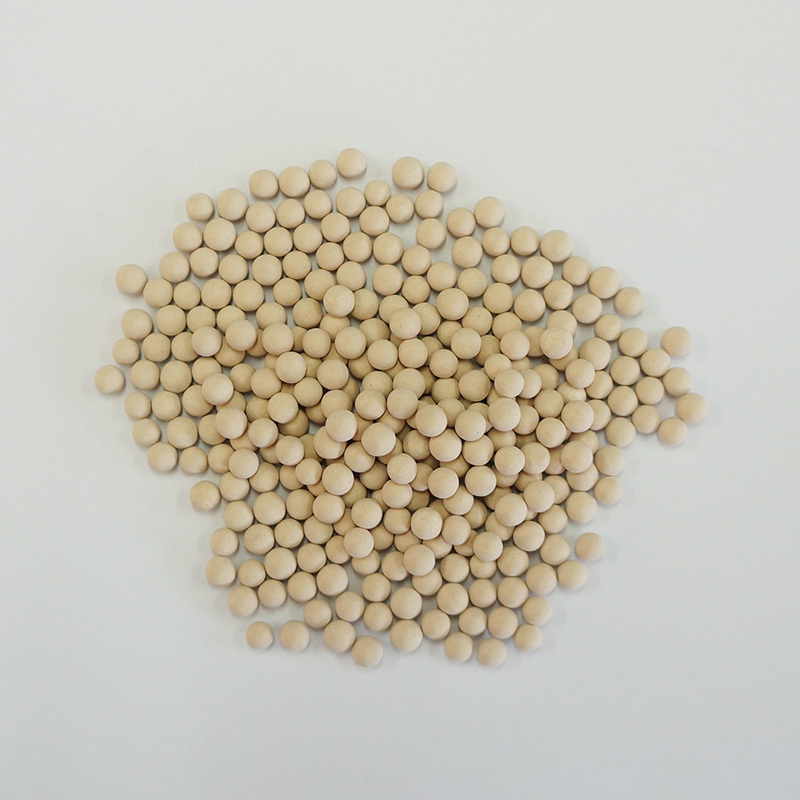Y type molecular sieve
Y type molecular sieve
Y type molecular sieve
- Detail
- Parameters
I. Product introduction
Y-type molecular sieve is a microporous crystal material with skeleton structure, the most basic structural unit of the skeleton is silicon oxygen and aluminum oxygen tetrahedra, these tetrahedra form secondary structural units such as tetrahedral ring, hexahedral ring and octahedral ring through Si-O or Al-O bonds. The eight β-cages are arranged in a diamond crystal pattern, with each carbon atom replaced by a β-cage, and the adjacent β-cages are linked by Si-O-Si (Al) through six-membered rings to form an octahedral zeolite cage, which is interconnected by dodecahedral rings along the three crystallographic axes to form a cell. The dodecahedral ring is the main window of octahedral zeolite, and its pore size is about 0.74 nm.
I. Composition of Y molecular sieve
Y molecular sieve includes NaY molecular sieve and related modified products of NaY: ammonium Y (NH4Y), hydrogen Y (HY), ultra-stable Y (USY), rare earth Y (RY), etc.
Second, the relationship between NaY and its modified products
1、NaY is synthesized from aluminum source, silicon source and guiding agent under certain process conditions;
2、Obtained from NaY by ammonium Y after exchange of ammonium chloride;
3, from ammonium Y by high temperature roasting to obtain hydrogen Y;
4. hydrogen Y obtained by high-temperature hydrothermal treatment to obtain superstable Y
5, hydrogen Y by rare earth exchange to get rare earth Y.
Third, the application of Y molecular sieve
1. Used in large quantities to make FCC catalysts for catalytic cracking
2, Used to make catalytic cracking catalyst
3, used to make hydrocracking catalyst
4、Used to make high efficiency adsorption separation purifier and desiccant
IV. Quality index
1、NaY quality index
Item | Technical index |
Relative crystallinity | ≥88% |
Silicon to aluminum ratio,SiO2/Al2O3 | ≥5.1 |
Specific surface area | ≥680m2/g |
Na2O content | <13.0% |
Cell constants | 24.75×10-10m |
2、NaY related modified products
Y series molecular sieves with different quality indexes can be produced according to the design needs of customers.
*ammonium Y is mainly the difference of sodium oxide content
*Hydrogen Y Mainly different sodium oxide content and crystallinity requirements
*Superstable Y is mainly the different content of sodium oxide and the requirement of crystallinity and the requirement of silicon to aluminum ratio
*Rare earth Y Mainly different sodium oxide content and the requirement of rare earth content
